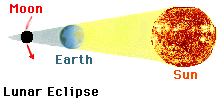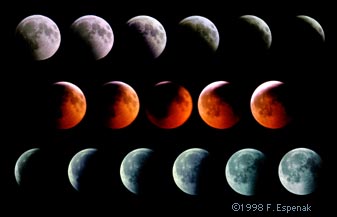  With increasing exposure to images of Earth from space, students are often very convinced of the fact that the Earth is spherical. They do not cry out in fear that their parents will fall off the "edge" of the Earth when they leave for business trips in China, because they know it is possible to fly around the Earth. Even weather maps on the evening news are beginning to show curvature due to images from weather satellites. Another idea students often are equally convinced of is that no one before Christopher Columbus' voyage knew that the Earth was round. In order to help students begin to understand curvature of the universe by studying the shape of the Earth, students must rediscover the measurements of the Earth as were made by ancient astronomers from before Columbus' time, who did not know that the Earth is spherical as we do today. Students must forget their preconceptions of a spherical Earth and use only their scientific observations to prove that the Earth is spherical, as was done in ancient times. They must begin to observe with only what they immediately know from their surroundings. This approach to studying the universe is important because students often have misconceptions about the universe from popular media. This activity will allow students to measure the circumference of the Earth. Begin this exercise with a discussion of how the Earth appears every day. Perhaps have the students sit on a flat field and look around, or show them pictures of deserts or farming fields. According to our everyday experience, the Earth is flat, with small variations for hills or mountains. Ask the students if there are any places from which the Earth might not look flat. Students should come up with mountains, etc., but perhaps they have been to the beach and noticed a slight curvature, or maybe they have been on an airplane to visit faraway countries and have seen the Earth's curvature from the plane. Next, ask the students to think about some ways of actually showing that the Earth is spherical. They should come up with ways that are obvious now but may have been either controversial or impossible in the days of early astronomy: pictures from space, or actually travelling around the Earth and ending up in the same spot. Before Columbus, some early astronomers had already figured out that the Earth is curved from observing a lunar eclipse. A lunar eclipse occurs when, in the course of their regular orbits, the Moon, Earth and Sun happen to line up in a nearly straight line. The Earth casts a shadow on the Moon, which darkens because the Earth blocks the light from the Sun. The Earth's shadow on the surface of the Moon is obviously curved during these eclipses, which gave ancient astronomers the idea that the Earth must be spherical. Here is a picture taken by Fred Espenak that shows the Earth's curved shadow on the surface of the moon. If you are interested in more images and facts about eclipses, check out: http://sunearth.gsfc.nasa.gov/eclipse/LEphoto/LEgallery.html.  Back | Next |

 36
36